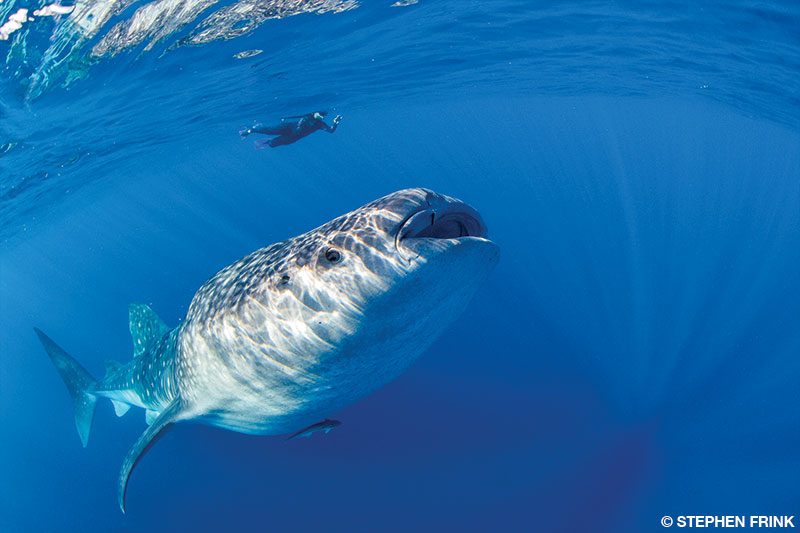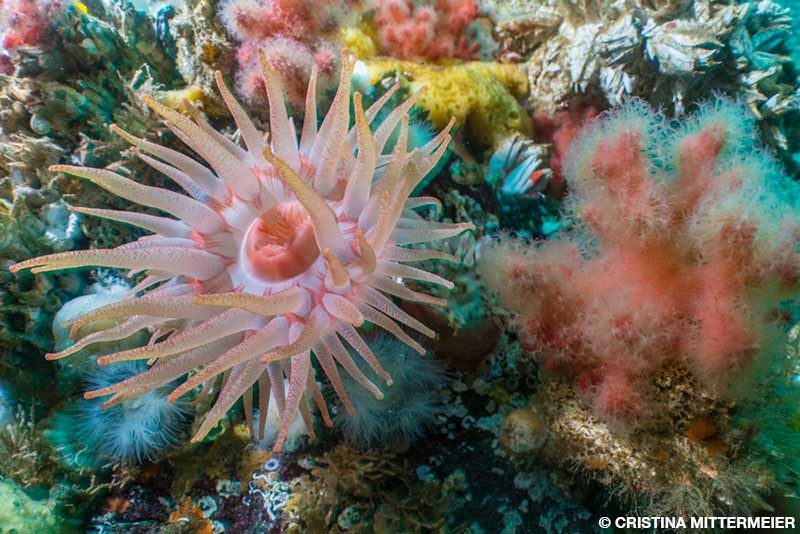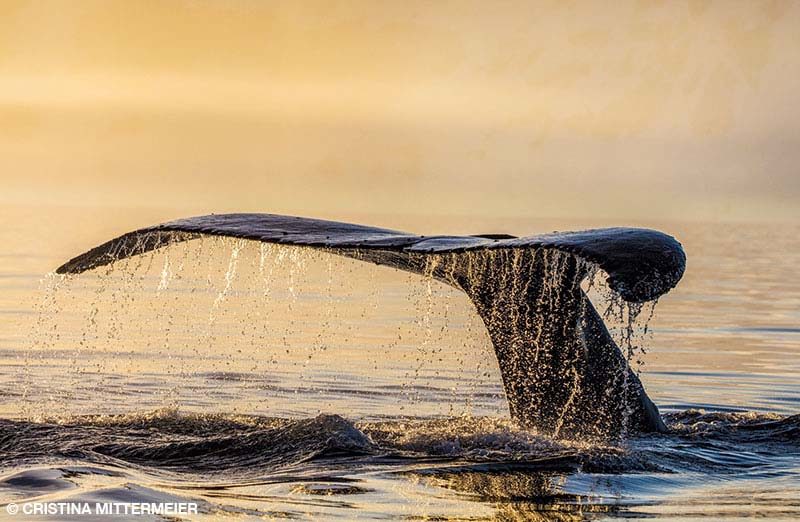Underwater photographers usually evolve a specialty, but the first fork in their road typically involves defining an interest in either photographing natural history — marine life in particular — or concentrating on editorial and commercial work that inevitably involves photographing people underwater. Photos of charismatic marine life help tell the story of a dive destination or might be used for photo décor or stock photography. Compositions that illustrate people interacting with marine life bridge both disciplines and combine each approach’s rewards and challenges.
After reading the Shooter column “Cristina Mittermeier: Commitment to Conservation,” view this additional photo gallery of her work.
Photographer Cristina Mittermeier’s social media posts have insightful captions that reveal her deep commitment to ocean ecology issues. Telling stories that inspire, engage and ultimately motivate action, she wants to show what’s beautiful and special but also what may be in dire peril. Perhaps most significantly, she wants to show her audience an opportunity to act positively and to possibly attain a solution, using her photography to shine a light and make a difference.
Zena Holloway has evolved into one of the world’s top commercial underwater photographers in a circuitous and nontraditional fashion. Today she is one of the most creative and in-demand producers of underwater fantasy images in both stills and video. Her client list includes Nike, Speedo, Umbro, Sony, Jacuzzi as well as publications such as GQ, Observer Magazine and How To Spend It.
LED lighting can be used successfully for underwater still photography thanks to advancements in technology. Learn how to harness the power of LED lighting for great images.
Kurt Amsler has been shooting underwater for nearly 60 starts — first using a converted soccer ball to house a camera. Learn more about his inspiration for photos and how he got into scuba diving.
Old macro photography techniques made it hard to go beyond 1:1 ratios. New tools have made supermacro photography readily accessible. This makes it incredibly easy to capture tiny ocean critters in bigger-than-life images.
Douglas Seifert is an accomplished underwater photographer. Read more about his origin story and how he combined diving with photography.
Your photography will evolve over time and your digital editing techniques should too. Learn some inside tips for Adobe Lightroom.
Photographer Roger Steene shares his story about what got him into photography. Read more of Steene’s story.



